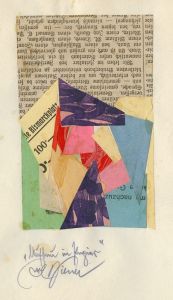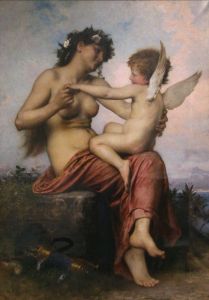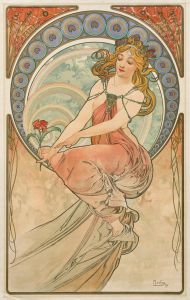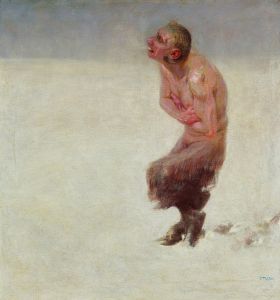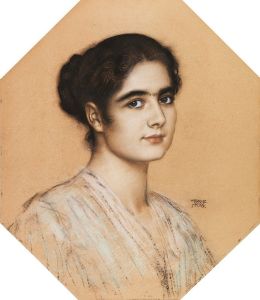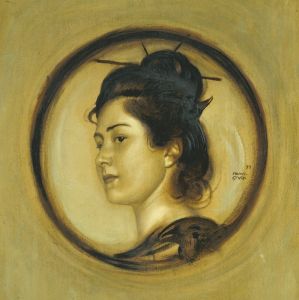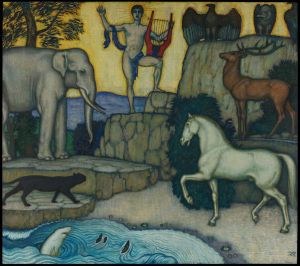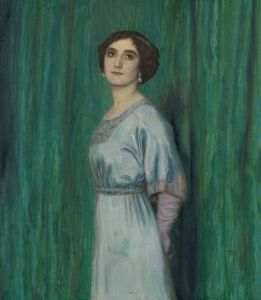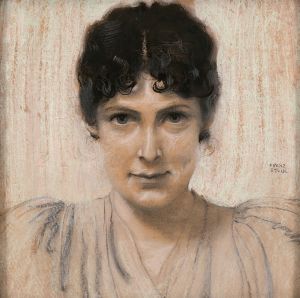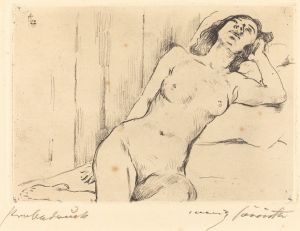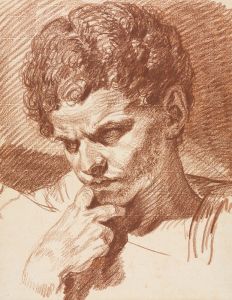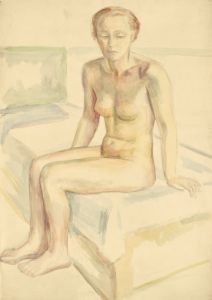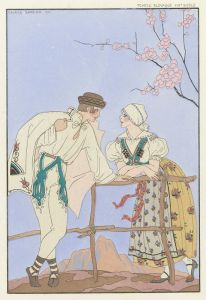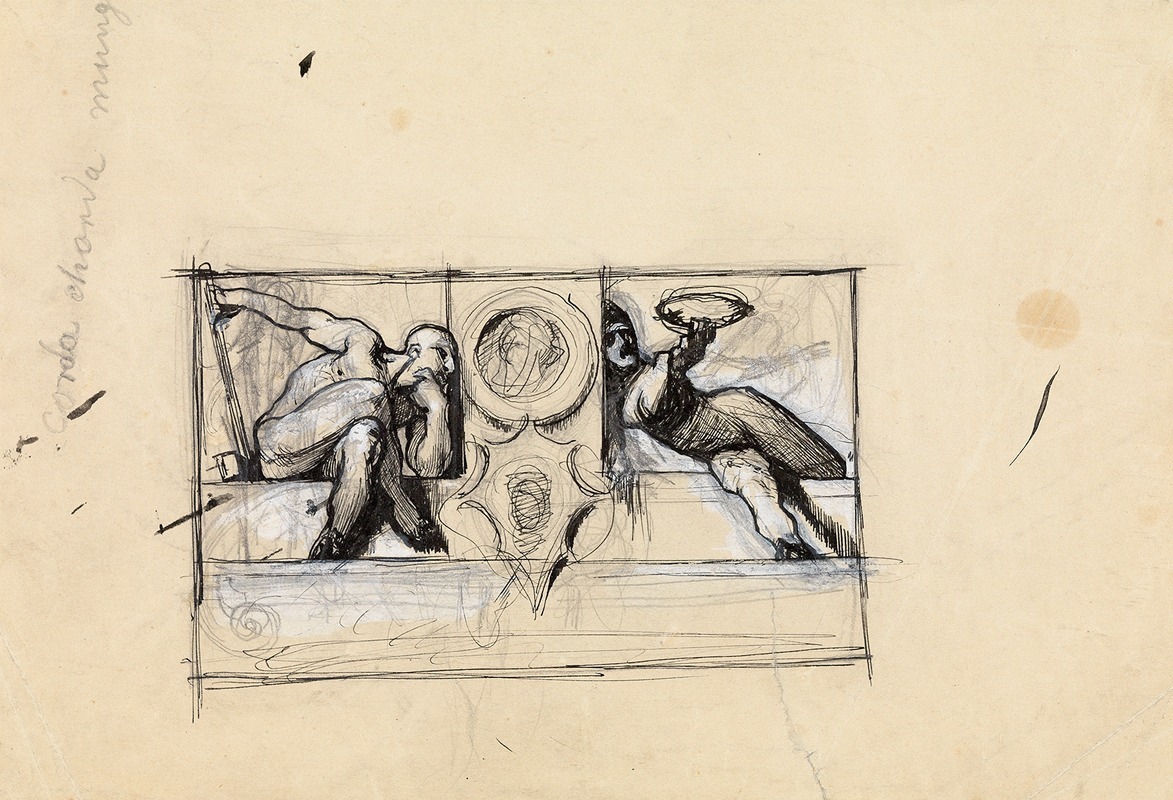
Entwurf für eine Allegorie der Goldschmiedekunst
A hand-painted replica of Franz von Stuck’s masterpiece Entwurf für eine Allegorie der Goldschmiedekunst, meticulously crafted by professional artists to capture the true essence of the original. Each piece is created with museum-quality canvas and rare mineral pigments, carefully painted by experienced artists with delicate brushstrokes and rich, layered colors to perfectly recreate the texture of the original artwork. Unlike machine-printed reproductions, this hand-painted version brings the painting to life, infused with the artist’s emotions and skill in every stroke. Whether for personal collection or home decoration, it instantly elevates the artistic atmosphere of any space.
Franz von Stuck was a prominent German painter, sculptor, and printmaker associated with the Symbolist movement. He was born on February 23, 1863, in Tettenweis, Bavaria, and became one of the founding members of the Munich Secession, an art movement that sought to break away from traditional academic art styles. Stuck's work is characterized by its mythological themes, dramatic use of light and shadow, and often, a focus on the human figure.
"Entwurf für eine Allegorie der Goldschmiedekunst" (Design for an Allegory of the Art of Goldsmithing) is one of Stuck's lesser-known works. As the title suggests, the piece is a conceptual design rather than a finished painting. It reflects Stuck's interest in allegorical and symbolic representation, a common theme in his oeuvre. The artwork likely explores the theme of goldsmithing, an ancient craft that involves the creation of intricate objects from gold and other precious metals. This craft has been revered throughout history for its combination of artistic skill and technical precision.
Stuck's allegorical works often incorporate classical and mythological elements, and it is probable that this design follows a similar approach. His use of allegory typically involves personifications of abstract concepts, which are depicted as human figures engaged in activities that symbolize the idea being represented. In the context of goldsmithing, this could involve figures engaged in the act of crafting or surrounded by symbols of wealth and craftsmanship.
The style of Stuck's work is marked by a strong sense of composition and a dramatic interplay of light and shadow, which he uses to create a sense of depth and focus within his pieces. His figures are often idealized, reflecting the influence of classical art and the Symbolist movement's interest in exploring the deeper meanings behind surface appearances.
While specific details about "Entwurf für eine Allegorie der Goldschmiedekunst" are scarce, it is consistent with Stuck's broader body of work, which frequently explores themes of mythology, allegory, and the human condition. His works often invite viewers to contemplate the symbolic meanings behind the imagery, encouraging a deeper engagement with the art.
Franz von Stuck's contributions to the art world extend beyond his paintings and designs. He was also a respected teacher at the Academy of Fine Arts in Munich, where he influenced a generation of artists, including notable figures such as Paul Klee and Wassily Kandinsky. Stuck's legacy is evident in the continued appreciation of his work, which is celebrated for its technical skill, imaginative compositions, and the rich interplay of symbolism and narrative.
In summary, "Entwurf für eine Allegorie der Goldschmiedekunst" exemplifies Franz von Stuck's fascination with allegory and his skill in blending classical themes with Symbolist aesthetics. Although specific details about this particular work are limited, it remains a testament to Stuck's enduring influence in the realm of art and his ability to convey complex ideas through visual form.





